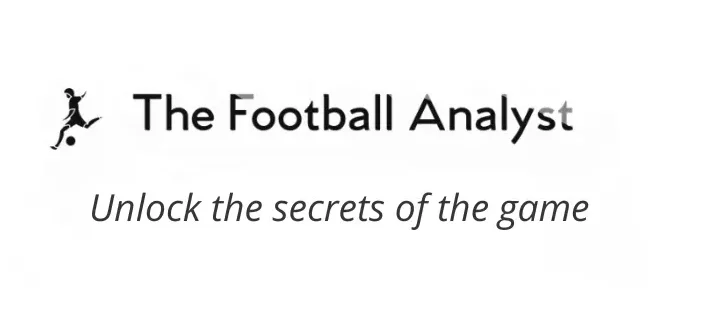In the modern game, the role of scouting has evolved from instinct-driven observations to a data-informed, multi-dimensional process. With technological advances and the global nature of the sport, scouts now rely on both live scouting and video scouting to evaluate talent and performance. Each method brings its own strengths, limitations, and contextual suitability.
This article explores the core differences between live and video scouting, examining how each fits within a modern football club’s scouting department. Whether you’re a coach aiming to recruit, an analyst building player dossiers, or a scout on the road, understanding how to leverage both methods can sharpen your evaluation process.
Live Scouting: Context, Character, and Game Flow
The Human Dimension
Live scouting allows you to experience the game as a whole. You’re not just watching a player’s touches or actions — you’re reading their body language, communication, tactical discipline, and off-the-ball behaviors that cameras often miss.
Key Advantages:
- Off-the-ball insight: You see the player’s positioning, pressing triggers, and reactions after loss of possession — continuously.
- Personality evaluation: Observe leadership, communication, and resilience after setbacks.
- Environmental context: How does the player cope with crowd pressure, weather, or a poor pitch?
- Tactical structure: You can zoom out and understand how the team is structured defensively and offensively.
Tactical Example:
A live scout watching a box-to-box midfielder may notice:
- His body shape when scanning before receiving.
- Whether he checks his shoulder before receiving under pressure.
- Verbal cues to teammates during transitions.
- His reactions to a teammate’s mistake.
These nuances often don’t make it into video compilations or Wyscout clips, but they are crucial when projecting performance to a higher level.
Video Scouting: Efficiency, Objectivity, and Repetition
Precision Through Rewind
Video scouting is indispensable in modern scouting workflows. With platforms like Wyscout, InStat, Hudl, and SkillCorner, analysts can track players across dozens of matches, compare situations, and evaluate consistently over time.
Key Advantages:
- Scalability: One scout can analyze multiple players across several leagues in one day.
- Repetition and slow-motion: You can study specific movements, techniques, or defensive sequences in great detail.
- Tactical alignment: By tagging clips, you can focus only on situations relevant to your team’s playing model.
- Data overlay: Combine video with stats (e.g., pressures per 90, progressive passes) to validate impressions.
Tactical Example:
A video scout assessing a winger might:
- Review every 1v1 duel over 5–6 matches.
- Evaluate decision-making in final third: cut-back vs. shot vs. cross.
- Track pressing intensity and positioning in a mid-block.
- Observe crossing techniques under pressure (e.g., first-time delivery or composed cut-back).
When to Use Each Method
Stage-Based Integration
Most professional clubs use a tiered scouting system, where video and live scouting are integrated strategically:
| Stage | Method | Purpose |
|---|---|---|
| Screening | Video | Shortlist players using key metrics and video clips. |
| Validation | Live | Confirm if player suits context, culture, and playing style. |
| Final Decision | Both | Full dossier: data, video, and live impression. |
Contextual Example:
Imagine a club looking for a left-footed center-back comfortable in build-up.
- Video stage: You assess line-breaking passes, pressing resistance, and body orientation.
- Live stage: You evaluate his leadership, communication with fullbacks and DM, and ability to manage aerial duels late in the game.
Limitations and Risks
Live Scouting Risks:
- Sample bias: One bad game can create a false impression.
- Positioning limitations: Some stadiums offer poor tactical vantage points.
- Emotional bias: The “live energy” of a stadium can overinflate a player’s impact.
Video Scouting Risks:
- Editing bias: Highlight reels omit negative moments.
- Lack of context: You miss body language, tone of voice, and real-time reactions.
- Over-reliance on data: Not all qualities are quantifiable (e.g., character, decision anticipation).
Conclusion: A Complementary Partnership
Live scouting and video scouting are not rivals — they are complementary tools in a modern evaluator’s toolkit. The most effective scouts and analysts know how to extract value from both, aligning their use with the club’s tactical identity, budget, and recruitment strategy.
Ultimately, the decision isn’t live vs. video — it’s how to blend both intelligently to reduce error, increase insight, and find players who truly fit.
